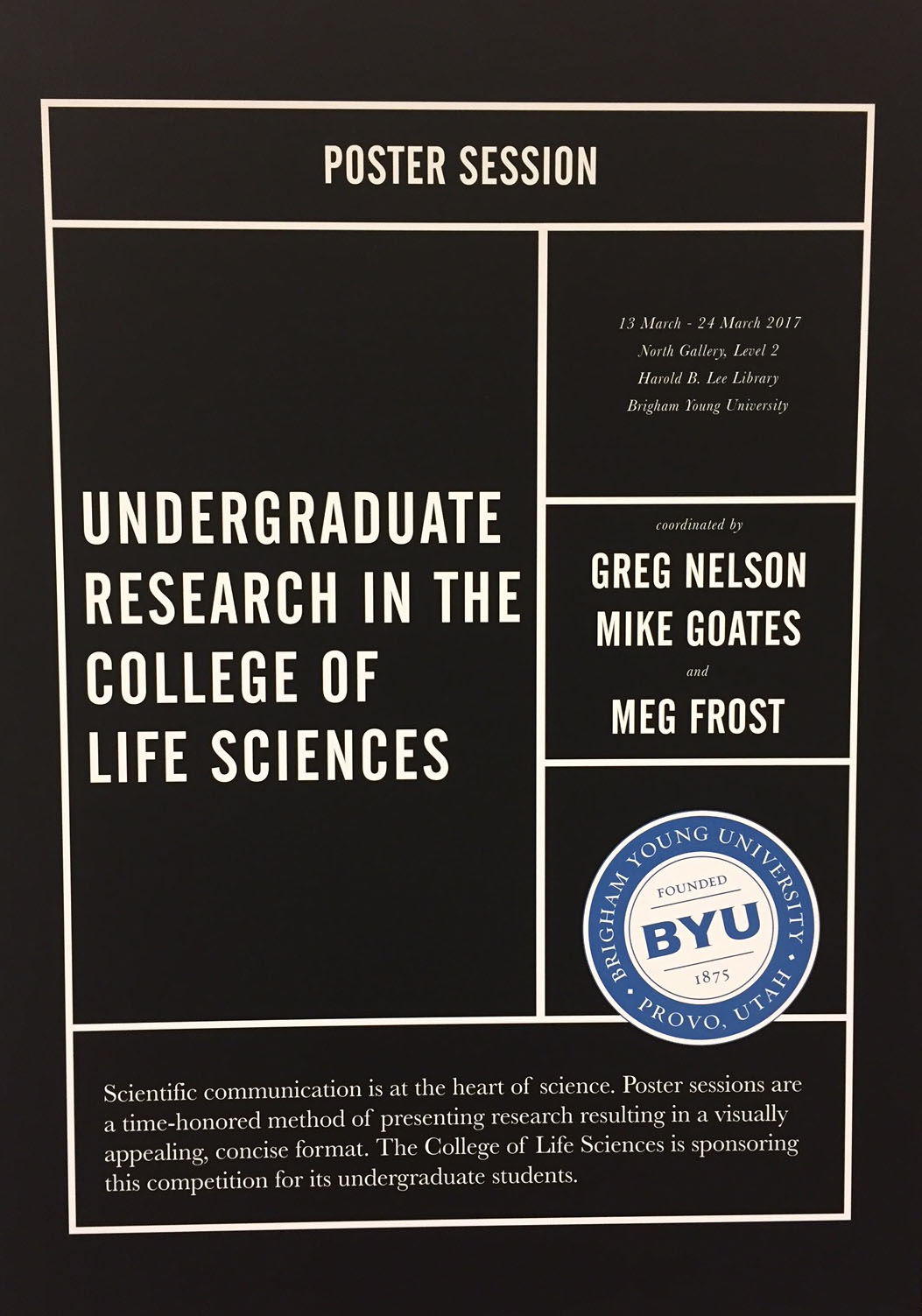Files
Download Full Text (39.3 MB)
Keywords
Neuron, Photoreceptor, Clustering, Tracing, Activity
Abstract
Deep brain photoreceptors (DBPs) are light-responsive sensory cells present in mammals and non-mammalian vertebrates. In non-mammalian vertebrates, studies have shown DBP involvement in various time and light dependent behaviors including circadian rhythm, phototaxis, and seasonal reproduction. In adult telosts, DBPs are present throughout the brain, including the optic tectum (OT), a midbrain structure that receives and integrates input from multiple sensory modalities. In this study, we aimed to determine if DBPs are part of or send input to the OT of larval zebrafish. Single-cell RNA sequencing of the larval zebrafish OT showed the presence of several opsins. We focused on opsins that respond to the violet- blue light range - one typical of optogenetic studies. To identify OT neurons with similar activation patterns following light stimulation, we used live calcium imaging to detect brain activity, followed by watershed segmentation and k-means clustering. Data comparing neuronal activity patterns following presentation of 450nm or 488nm light stimuli to control (eyes intact) and larvae whose eyes have been removed (mono-enucleated and bi-enucleated) indicate the presence of two different groups of opsin responding neurons: one that activates independently of retinal innervation consistent with DBP input, and another that activates more frequently when the visual system is intact suggesting they receive both retinal and DBP inputs. Subsequent studies will include 1) morphological studies to determine the different subclasses of OT neurons responding with different activity patterns to DBP activation, 2) ISH studies for candidate opsins to determine their localization, and 3) CRISPR-Cas9 knockouts of select opsins to determine their necessity in OT micro-circuitry and behavior.
BYU ScholarsArchive Citation
Christensen, Emalie A.; Pickens, Allison G.; Odom, Colby; Sauer, Griffin; Jarrett, Sarah Y.; Hunt, Maurice; Martin, Annalie; and Suli, Arminda, "Determining if Optic Tecti of Larval Zebrafish Receive Input from Deep Brain Photoreceptors" (2024). Library/Life Sciences Undergraduate Poster Competition 2024. 62.
https://scholarsarchive.byu.edu/library_studentposters_2024/62
Document Type
Poster
Publication Date
2024-03-21
Language
English
College
Life Sciences
Department
Neuroscience
Copyright Use Information
https://lib.byu.edu/about/copyright/


